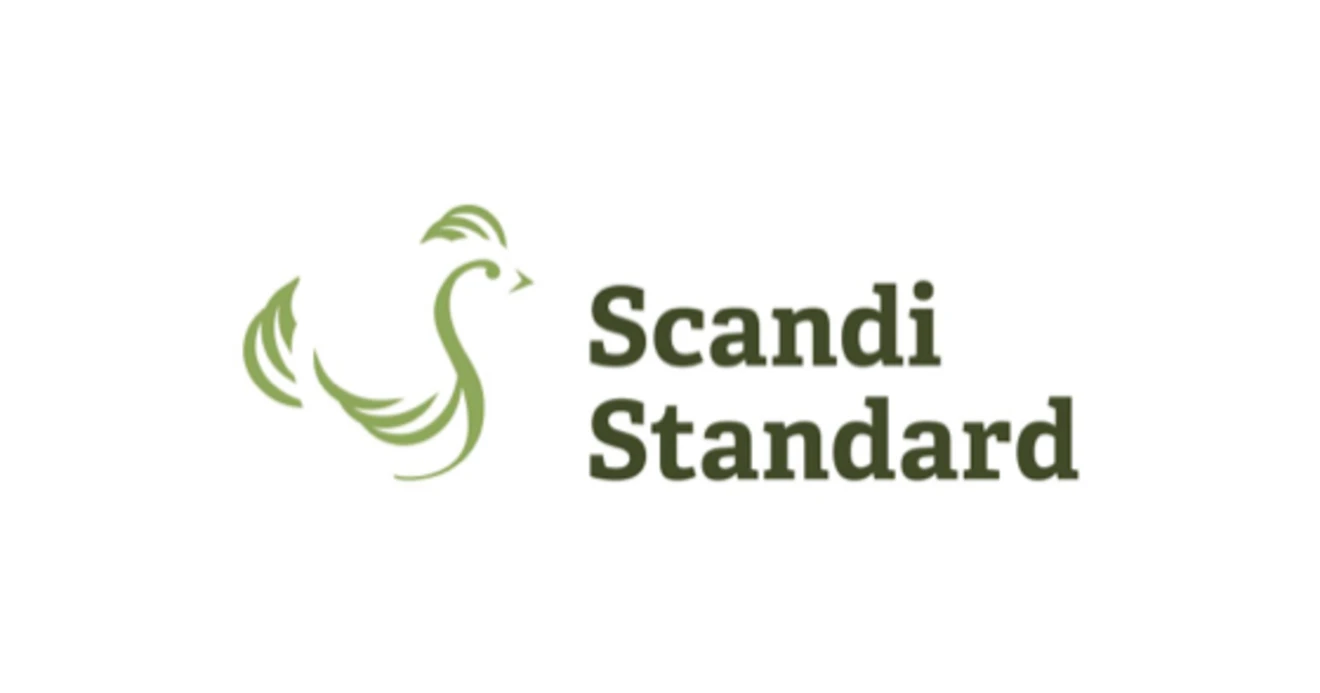Scandi Standard AB
Key Information
HQ:
Sweden
Market Cap:
$0.52bn
Primary Market:
Europe
Business Type:
Protein Producer
Company Information
Company Summary
Scandi Standard is the leading producer of chicken-based food products in the Nordic region and Ireland. The company is also involved in rearing, producing and hatching day-old chicks; processing slaughterhouse byproducts for use in pet food; and packing and selling eggs. In addition to chicken production, the Norwegian operations also include egg sales and turkey as well as duck products.
Revenue
Total revenue:
$1.2bn
Revenue by Geography
Revenue by Protein
Revenue by Product Type
Disclosures
CDP ScoresLast Reviewed: 16/10/2024
| CDP Climate | CDP Forests | CDP Water |
|---|---|---|
| Yes | Yes | No |
Science Based Target initiativeLast Reviewed: 16/10/2024
| Target classification | Status | Date |
|---|---|---|
| 1.5°C | Targets Set | 2023 |

